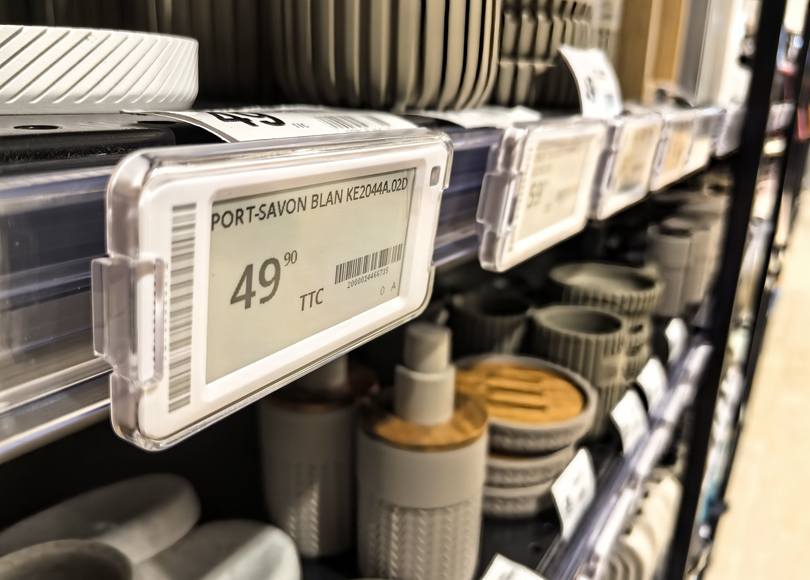Newsroom
Company dynamics, industry information, technology discussion, standing at the forefront of science and technology, feel the charm of the IOT.




Go Paperless. Go Smarter.
Electronic Shelf Labels by MinewTag for Smarter Operations
Looking for digital price tag solution?









